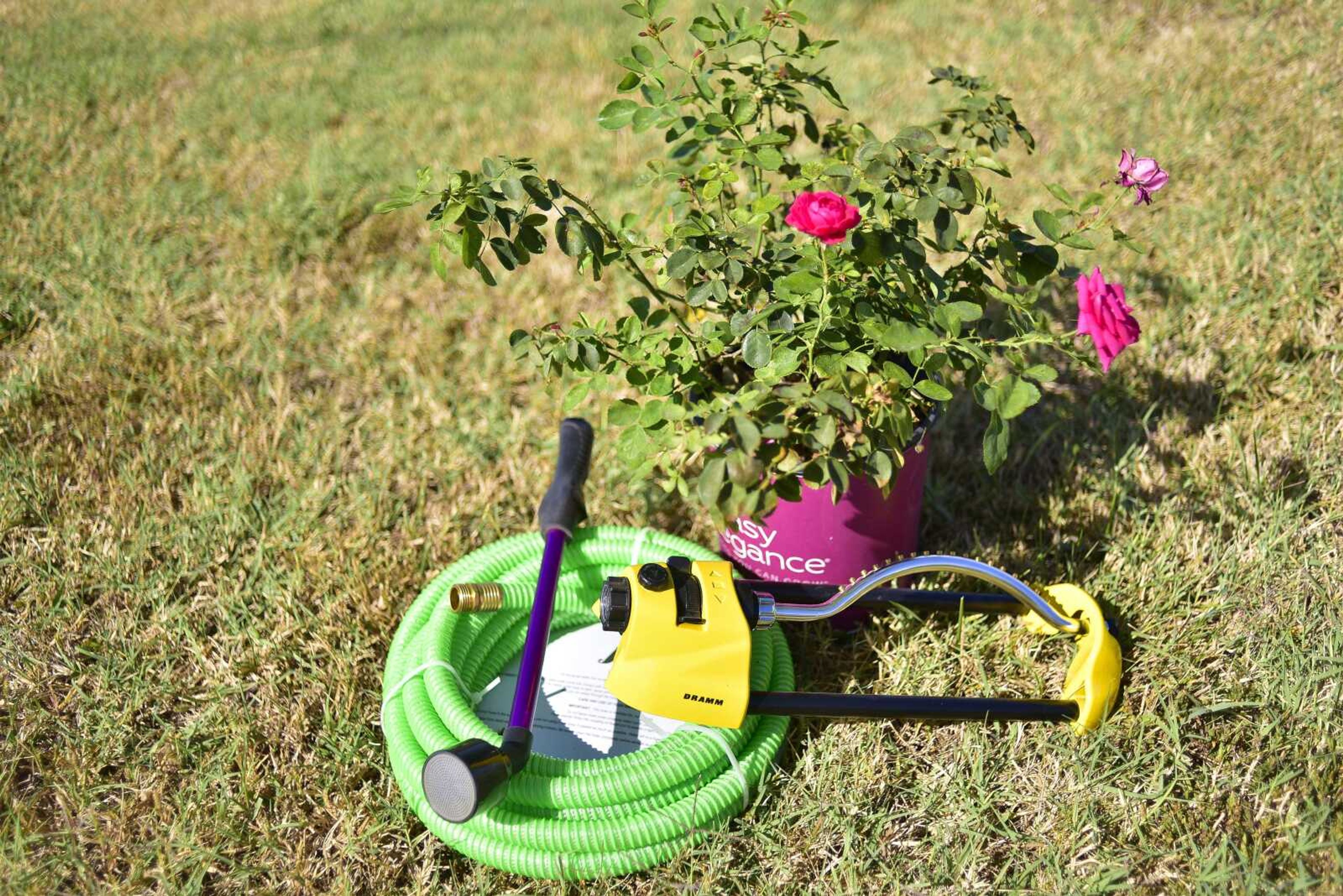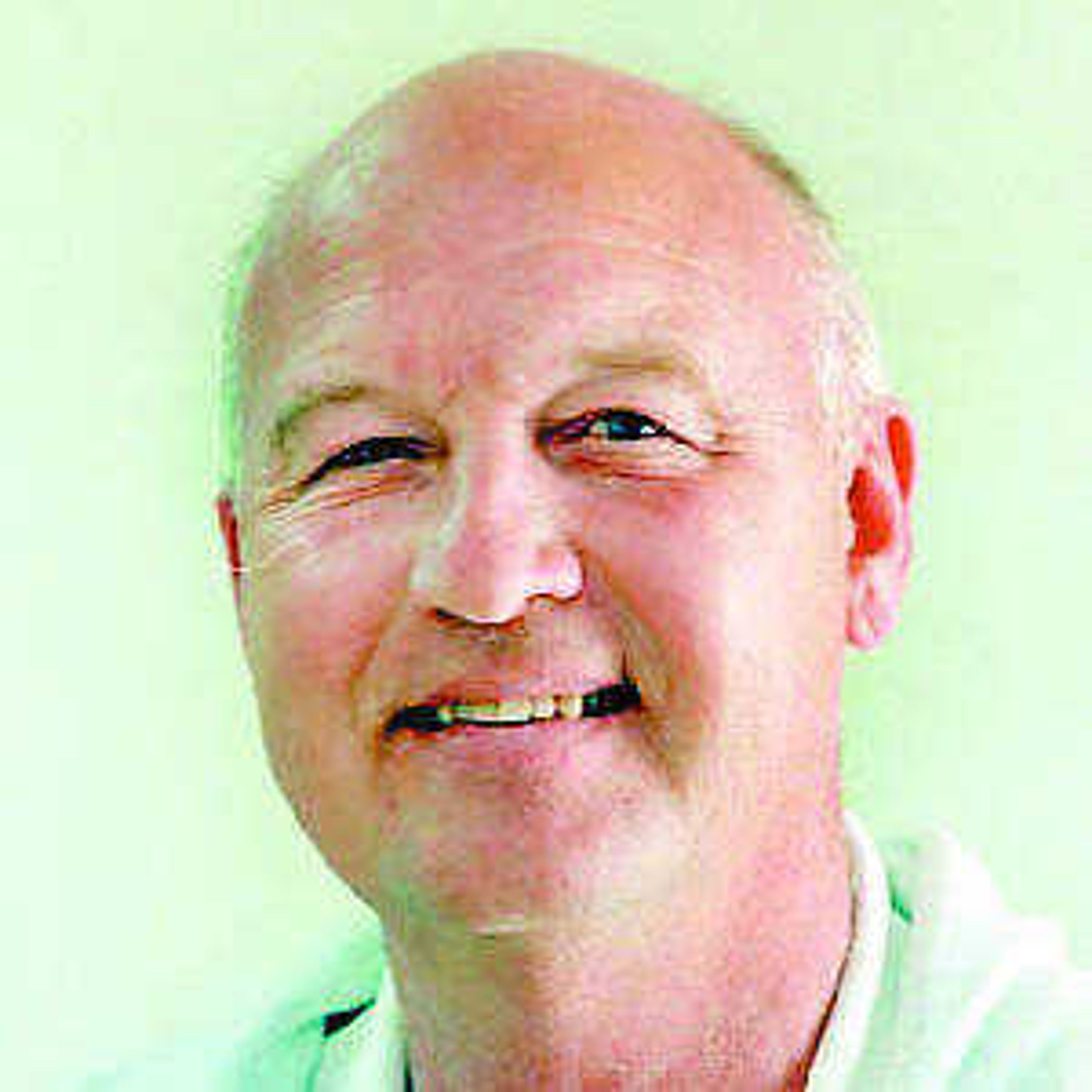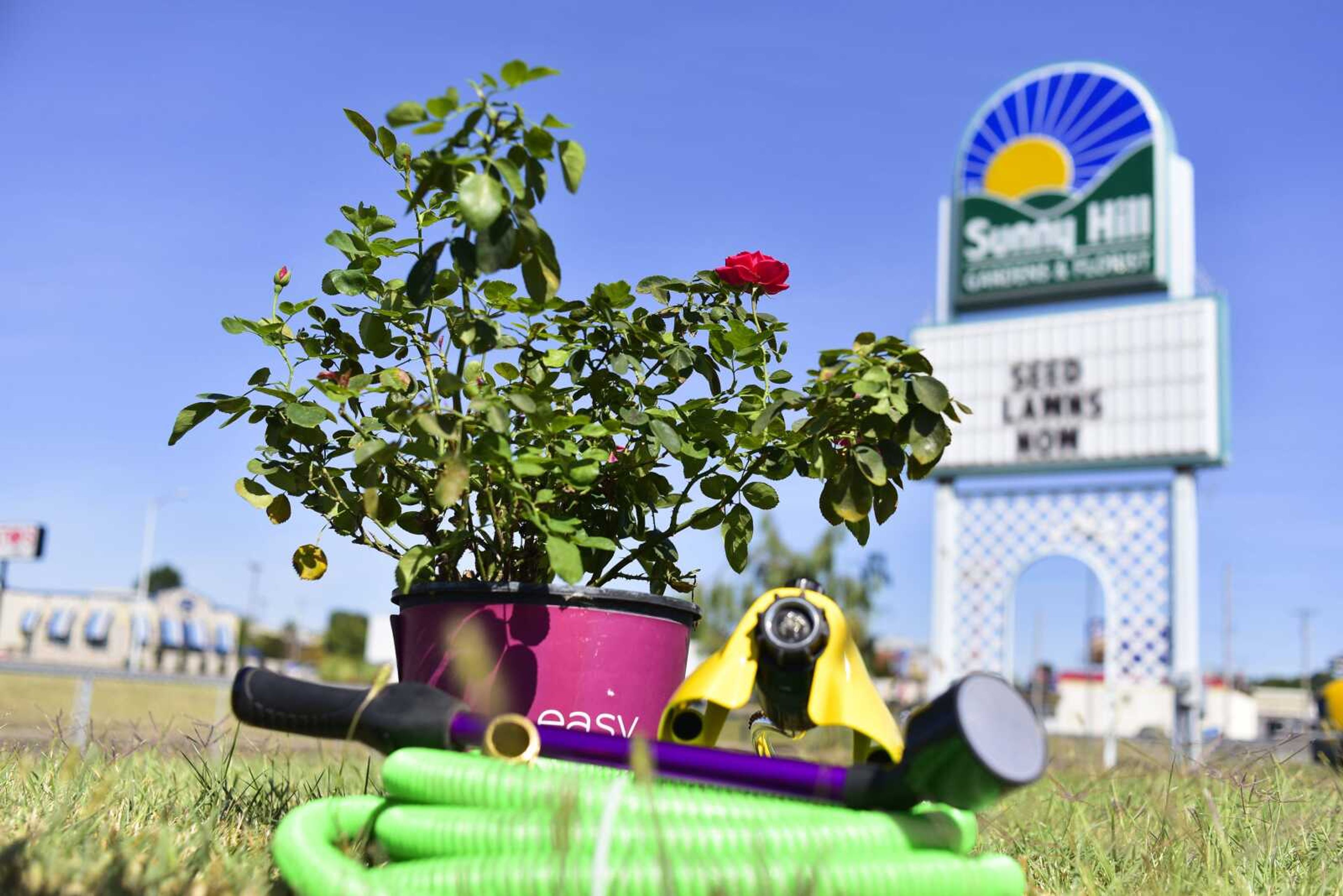By Paul Schnare
Over the last four weeks, I only have had about one-tenth inch of rainfall at my home on the edge of Cape Girardeau. I just looked at the weather forecast for the next two weeks and it looks like we will see no precipitation during that time. The soil is sure getting dry in the Heartland.
Because of the lack of rainfall over the last few weeks and the lack of rainfall in the forecast, many gardeners have been asking me if they should plant now, or should they wait until we get some rainfall and then plant, even if it is getting late into the fall.
If you are going to plant cool-season grass seed such as bluegrass, fescue or rye, I would suggest you do it now but only if you have some way of irrigating the seeded area. Make sure you work up the top half inch of soil, then make sure the seed is worked into the soil.
You can seed successfully by running a harrow over the area to be seeded, then broadcasting the seed and again running the harrow over the area. Once you are finished, spread straw over the area to help hold moisture in the soil between rainfalls or periods of irrigation.

Another way to seed a lawn is to broadcast the seed directly over the area. Run a verticutter over the seeded area in two different directions. This process will make sure the seed gets into the soil. If the area seeded has a lot of grass or weeds on it, the verticutter will chew up the foliage of the grass or weeds. The chewed up foliage will act as a straw covering to help hold moisture in the soil.
If you cannot apply moisture to the seeded area this fall, I suggest that a dormant seeding in November through January. Use the same planting techniques as mentioned above. Applying moisture at this time is not as critical. The seed usually will emerge in late February or March, depending upon soil temperature and moisture.
If you are laying sod instead of seeding, once again make sure that you have some method of irrigating. The sod and the soil beneath must remain moist until the sod has successfully grown roots into the underlying soil.
If you want to plant trees, shrubs, perennials or winter annuals, go ahead and plant them. As usual, make sure you water after planting. Be sure you check the soil moisture conditions every day or every other day after planting, and water as needed. If the dry conditions continue, you may need to check soil moisture conditions during all of the fall and winter months.
Do not be discouraged about planting during a drought period. Just remember you need to check soil moisture levels on a regular basis and be ready to water if needed. Happy planting!
Connect with the Southeast Missourian Newsroom:
For corrections to this story or other insights for the editor, click here. To submit a letter to the editor, click here. To learn about the Southeast Missourian’s AI Policy, click here.










